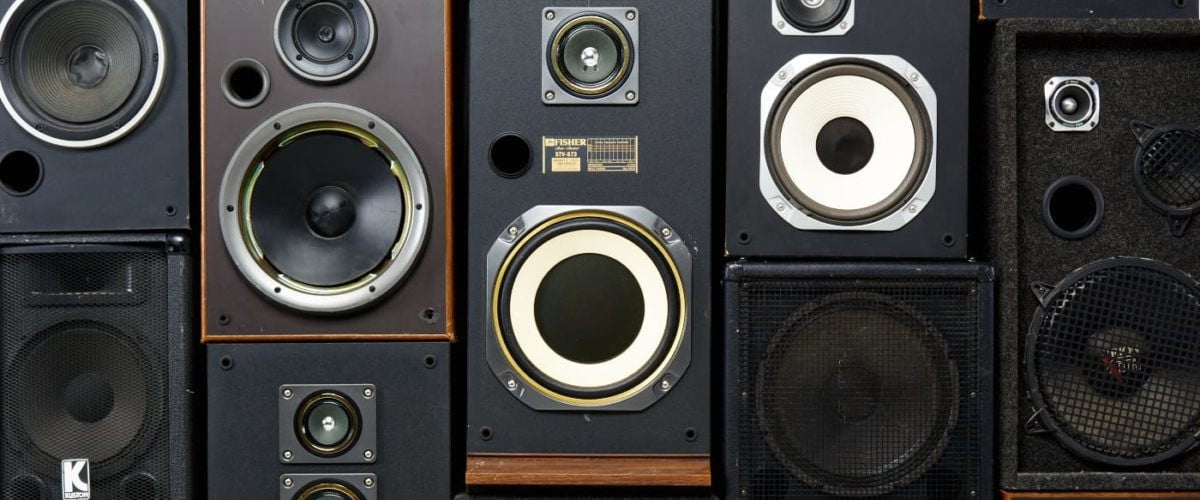
Speaker Construction & Components
The modern loudspeaker comes in various forms, dimensions, and configurations to serve various functions. In such forms, it has become a common device. Technically speaking, we all have multiple speakers in our homes, ranging from the personal headphones, earbuds, and handheld Bluetooth speakers we use every day to those we frequently overlook, like the ones on our televisions, in our cars, and on our cell phones.
What is a Loudspeaker and How Does It Work?
In the world of audio, a loudspeaker is referred to as a transducer. The process of converting electrical energy into mechanical energy or vice versa is referred to as transduction. Our own ears are one type of audio transduction device. Human ears transform mechanical energy—vibrating sound waves—into intricate electrical signals that our brains interpret as sound. Additional illustrations of audio transducers include microphones and speakers.
This transduction process is carried out by a loudspeaker using a number of parts housed inside what is known as a speaker cabinet or enclosure. Inside this cabinet, magnetic fields are produced, and a speaker cone reacts to these magnetic signals by vibrating back and forth, inducing air pressure. Our ears transform this air pressure into an electrical signal, which is then processed by the brain to create the perception of sound that we hear as airwaves.
Speaker Components
From front to back, the parts of a functional speaker are arranged as follows:
- The Speaker Cone and its Surround: This component is in charge of moving air and producing sound.
- The Spider: The speaker cone is held in a suspended position by this component, which also permits some movement.
- Magnet and Voice Coil: These components turn electrical energy into mechanical energy.
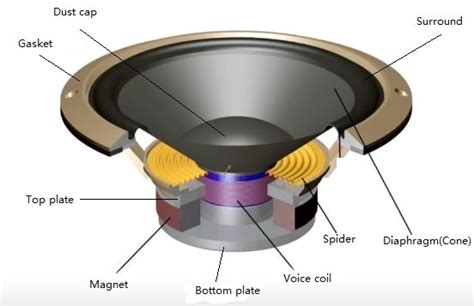
A loudspeaker has additional components that contribute to sound production. But these are the most crucial, fundamental, and understandable. It’s critical to comprehend the components of an audio signal in order to comprehend how speakers function.
How Audio Signals Work
Every sound is created using either a single frequency or a mix of frequencies. Humans have a limited range of hearing, which varies from person to person and with aging, between 20 Hertz and 20 Kilohertz. The frequency of a sound is determined by the waveform’s number of cycles per second.
Because of this, lower frequencies complete fewer cycles than higher frequencies.
As a result, lower frequencies make the speaker move more slowly, necessitating a speaker with a larger diameter to reproduce the audio signal accurately. Positive and negative currents can be visualized as a frequency waveform cycle, which encourages the magnetic interaction of its constituent parts.
A wire coil receives the electrical current carrying the audio information, which activates a magnetic field. The magnetic field of the magnet attached to the speaker interacts with the magnetic field found in the coil. The coil is inherently attracted to and repulsed by the permanently fixed magnet in the speaker as the audio signal travels through it and the waveform completes positive and negative cycles at different rates of speed. The speaker cone of the coil moves backward and forward due to the magnetic communication, which generates the air pressure required for sound interpretation.
Speaker Related Terminology
Last but not least, we need to understand the technical terminology used to describe various speakers’ performances before we move on to some speaker specifications. A glossary of some of the key terms I’ll be using in this guide is provided below:
Active Speakers: These loudspeakers, also known as powered speakers, have built-in crossovers and individual power amplifiers for each speaker driver.
A Speaker driver: Consists of a speaker cone, surround, and additional parts that cause magnets and air to move to produce sound.
Passive speakers: Loudspeakers that can only function with an external power amplifier.
Subwoofer speakers: reproduce low subsonic frequencies and are frequently housed in a separate cabinet. The diameter of subwoofer speakers typically ranges from 15 to 20 inches.
Crossover: is a part that divides frequency ranges and sends each range to the appropriate speaker driver, as needed. The woofer and subwoofer receive lower frequencies, while the midrange drivers and tweeters receive midrange and higher frequencies. The crossover can be an internal component of the speaker or an external component.
Frequency Response: demonstrates a device’s capacity to faithfully represent the audio signal that has passed through it as a figure or graph. We are all aware that the range of our hearing is only between 20Hz and 20kHz. Therefore, the perfect frequency response would be able to cover the entire spectrum while sacrificing as little of the spectrum as possible in the process.
We refer to this as having a flat frequency response because no parts of the frequency spectrum are misrepresented, unlike in systems that emphasize lower frequencies or lack midrange. The amount of unwanted noise that can be heard as the volume rises is what is meant by this. Consider a vintage HiFi system that, when the volume is turned up, makes a humming or crackling noise but doesn’t actually receive any signal. When your music begins to play, this sound is still present. Simply put, it’s harder to hear. Therefore, it is crucial to take note of this specification.
Impedance: is the measurement of resistance in electrical circuits that use alternating current (AC), expressed in Ohms. Loudspeakers typically have an impedance rating of 8 Ohms. It is crucial to match a speaker’s impedance to the appropriate power amplifier impedance. Running large systems can make this slightly more challenging because impedance can be divided or multiplied depending on the configuration.
We can now look at some speaker types that are offered on the market after gaining a basic understanding of some audio terminology and the principles behind loudspeakers.
Types of Speakers
Speakers are available in a variety of designs, sizes, shapes, and uses to accommodate various applications. Here are a few of the most typical types.
PA Speakers:
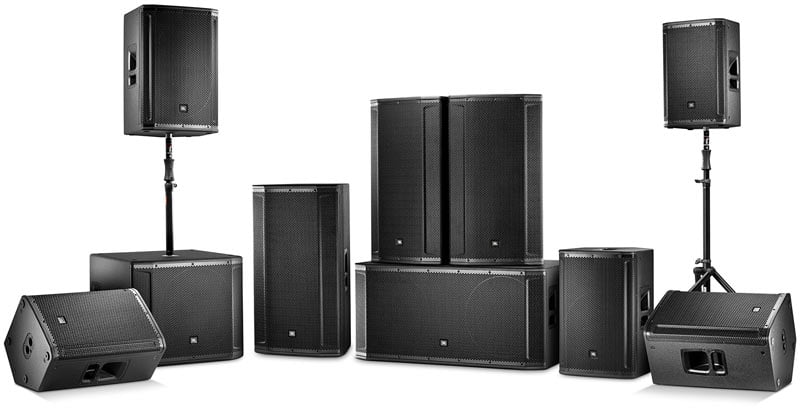
A PA system, which is used to provide sound for large-scale events, includes PA speakers, which are typically very potent speaker systems. To create a satisfying audio environment, PA speakers typically cooperate with one another. This includes tweeters, midrange drivers, subwoofers, and other speakers that are positioned carefully to produce a pleasant listening experience.
Depending on the size and type of an event, different placements of PA speakers are used. This can range from a straightforward pair of full-range drivers on separate stands to a massive array of midrange and tweeter drivers stacked vertically and angled downwards high above the ground. The subwoofers can be placed at ground level.
If you’re looking to hire speakers for a party at your house, be sure to double-check specifications like power ratings, impedance, and other elements. The calibration, setup, and routing of a PA system require intense technical knowledge.
Headphones and Earbuds:
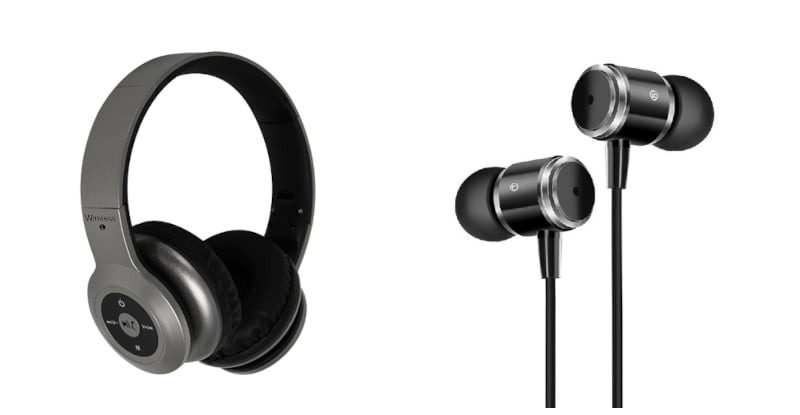
These are based on incredibly tiny speaker drivers housed in tiny cabinets made to fit inside or on top of our ears. These can either use a single speaker or a group of speaker drivers. There are many different types of headphones and earbuds on the market, so make sure the specifications fit your unique requirements. Every application has a model, regardless of its nature.
Studio Monitors:
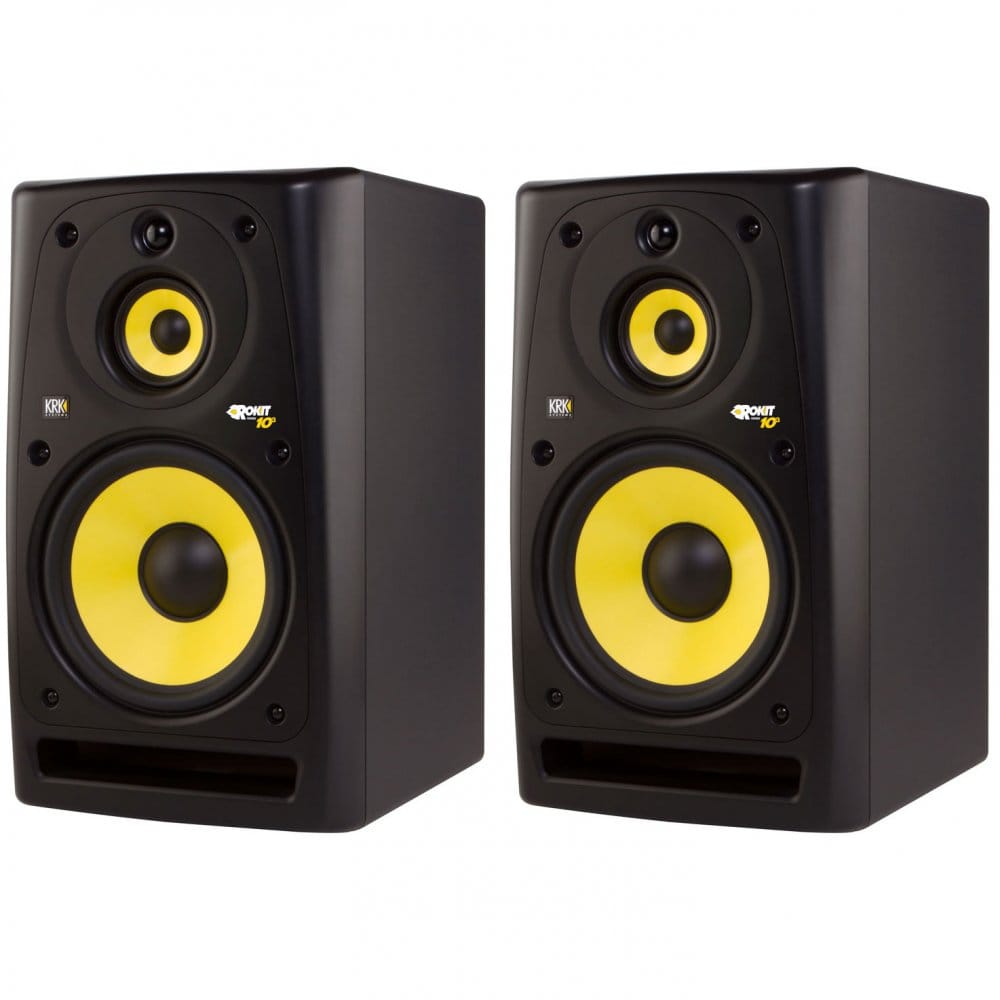
Studio monitors, also known as audio engineers, record, mix, and master audio for television, radio, movies, and other recorded media using reference monitors. In order to give the engineer the best opportunity to interpret the recorded material objectively and make the necessary edits and adjustments, studio monitors are made to reproduce sound as faithfully or flatly as possible.
Of course, not all speakers are perfectly flat, so working with such equipment and adapting to the characteristics of the monitors to make decisions on a mix or master require in-depth knowledge of sound and speakers. It is advised to use these speakers for professional purposes, audiophiles, and critical listeners rather than for leisurely listening.
Amplifiers for Guitar or Bass:
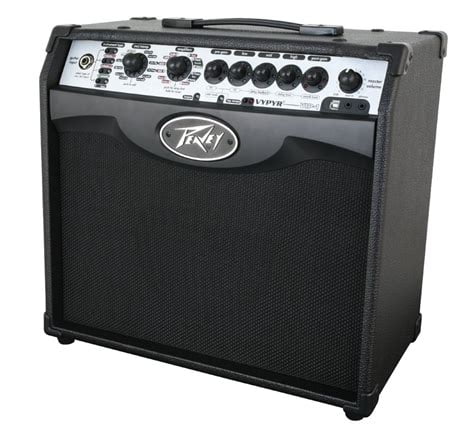
Amplifiers for guitars and bass are made to “color” the sound of the instrument and anything else in the signal chain prior to them in order to produce a distinct tonality. Bass cabinets house speakers that are typically 10, 12, or 15 inches in diameter, whereas guitar speakers are frequently found with 10- or 12-inch speaker drivers. Musicians favor various speaker and cabinet or enclosure materials because they produce different tonal qualities.
Bluetooth Speakers:
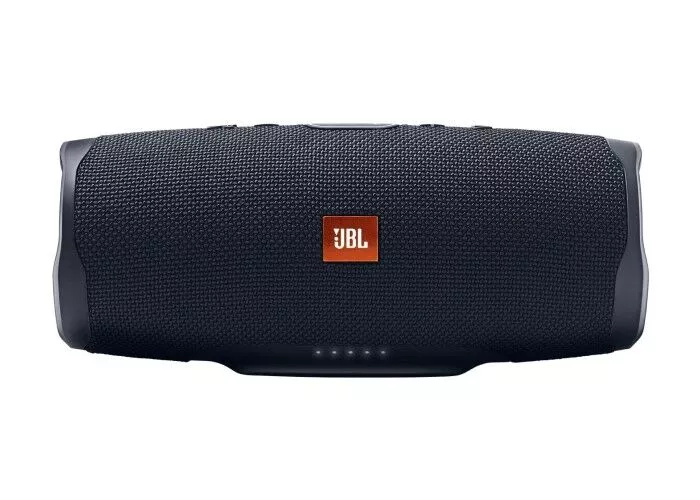
While some Bluetooth speakers also have woofers and midrange or tweeter drivers, the majority of Bluetooth speakers use a single full-range driver, which reproduces the entire frequency range in a single speaker. There are a number of impressive models of portable Bluetooth speakers on the market, and their quality is quickly rising. Weight, output volume, power handling, frequency response, battery life, and water-resistance features are a few specifications to take into account.
The Speaker Cabinet
The sound quality and characteristics of a loudspeaker are largely dependent on its cabinet or enclosure. The way a speaker responds to an audio signal depends on its form, size, weight, and materials. We’ll start by looking at the materials employed and how they affect the speaker’s overall sound characteristics and the sound it reproduces.
The majority of speaker cabinets are made of medium-density fiberboard or hardwood. The final sound quality is greatly influenced by the weight, absorption capabilities, and density of these materials. Speaker enclosures are made from a variety of wood species and shapes. But today, for a variety of reasons, plastic is frequently used to construct speakers of all shapes and sizes.
